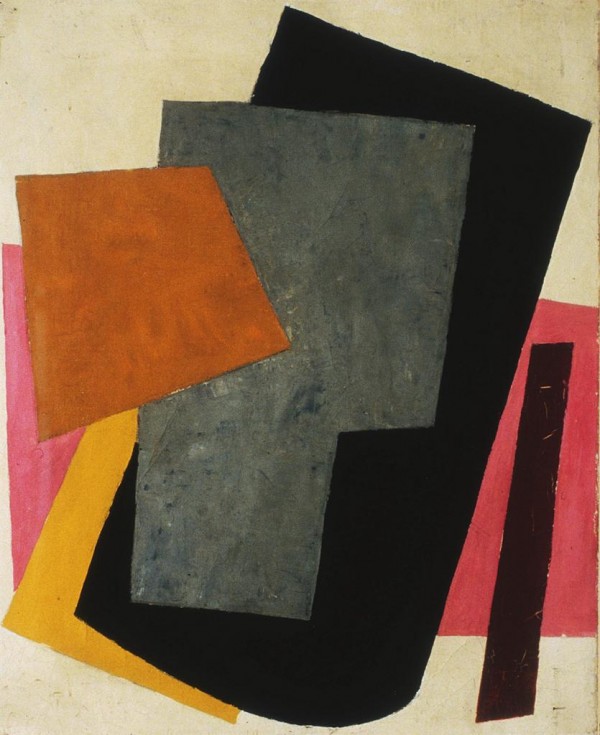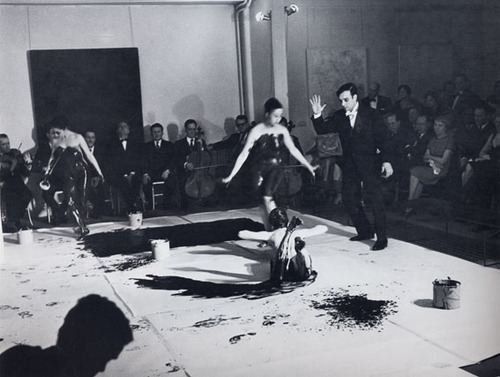On Petapixel:
Check out the creepy effect seen in the video above, titled “Dancing Ghosts.” It was created by photographer Micaël Reynaud, who photographed a group of people during the day using long exposure times, and then interpolated the resulting photos into a real-time video.
Reynaud tells us that he was shooting with a Sony NEX mirrorless camera with a wide open lens. To allow for longer exposure times, he restricted the amount of light entering his camera using 2 neutral density filters and 1 infrared filter.
The photographs he captured had shutter speeds as slow as 2 seconds. During post-processing, he interpolated the motion blur-filled images into a video showing real time action. “The result looks like ghosts to me,” he says.
I’m starting to think that what Jason Kottke calls “time merge media” has something to do with spirit photography. It doesn’t matter that we don’t believe in ghosts anymore since they both activate the same kind of visual pleasure, perhaps?
via murketing


